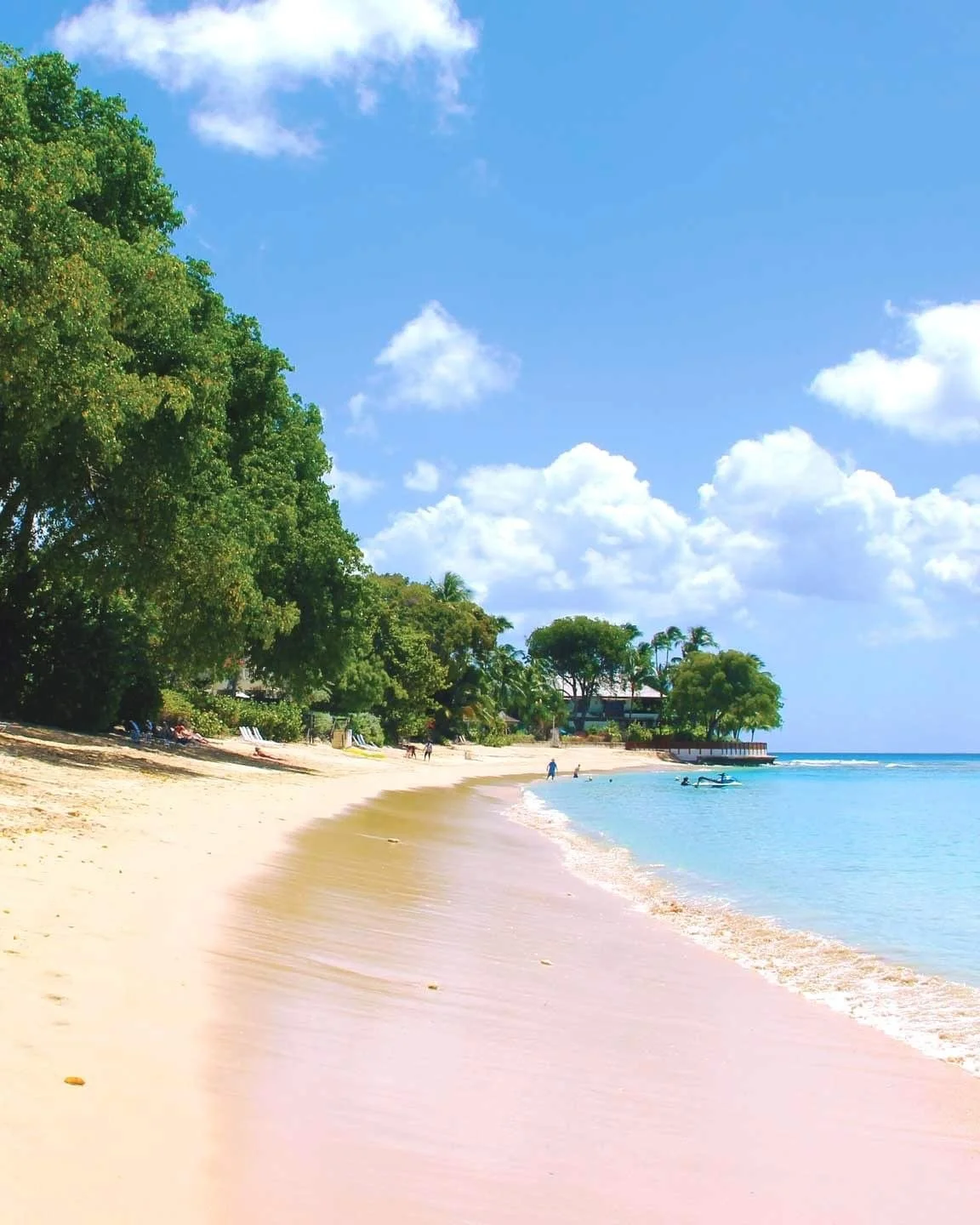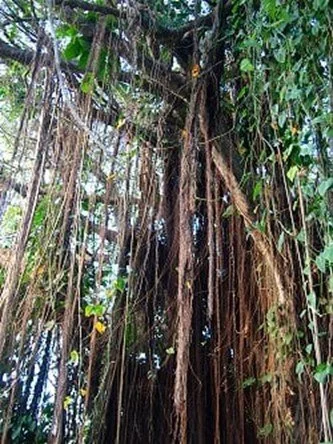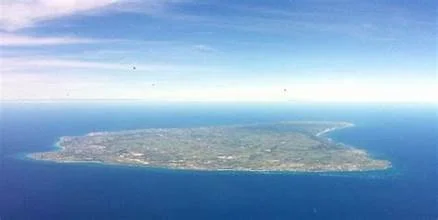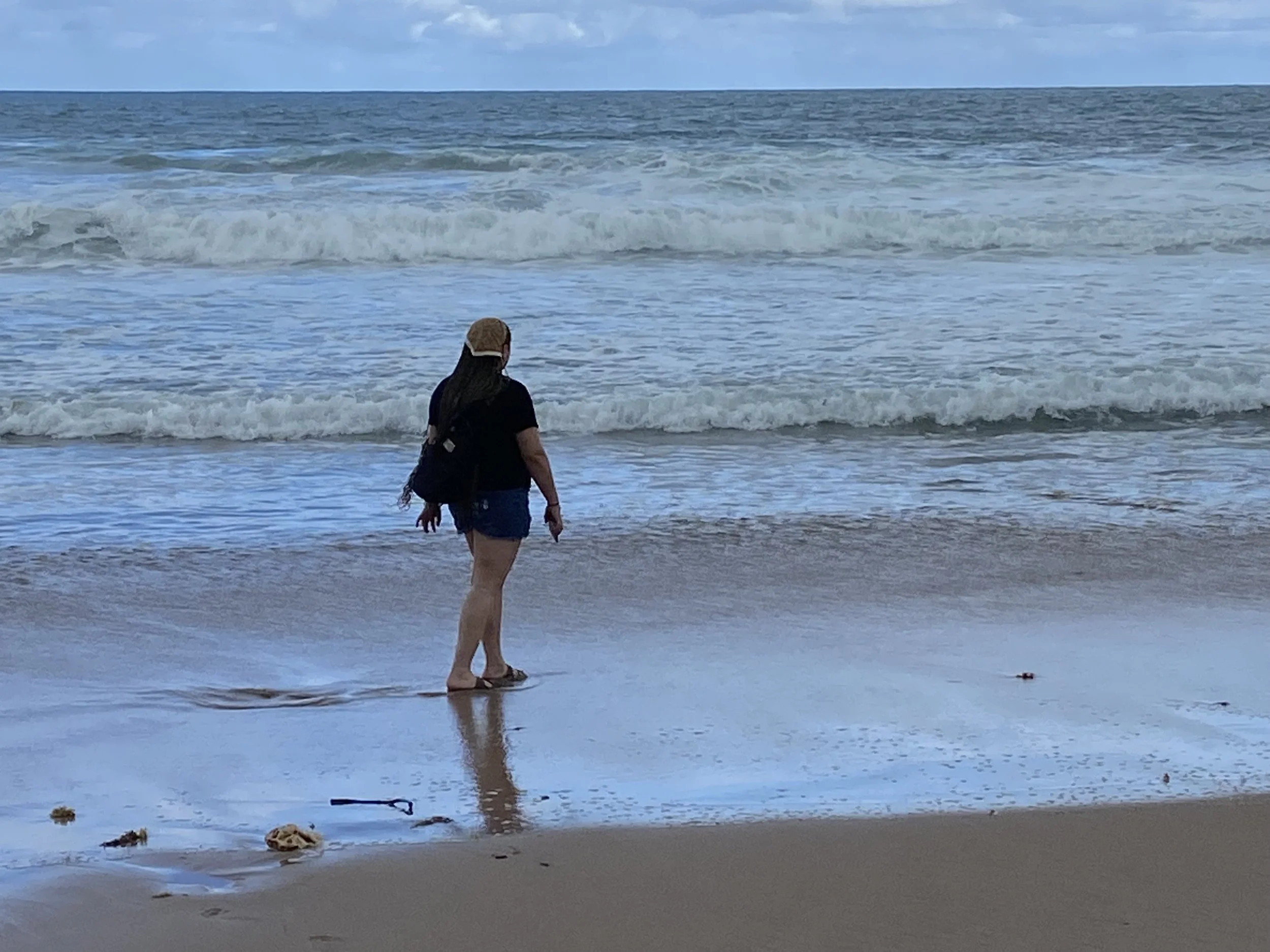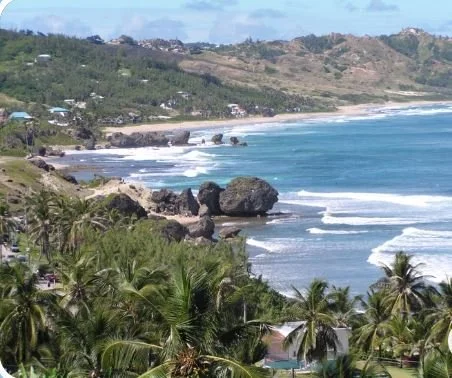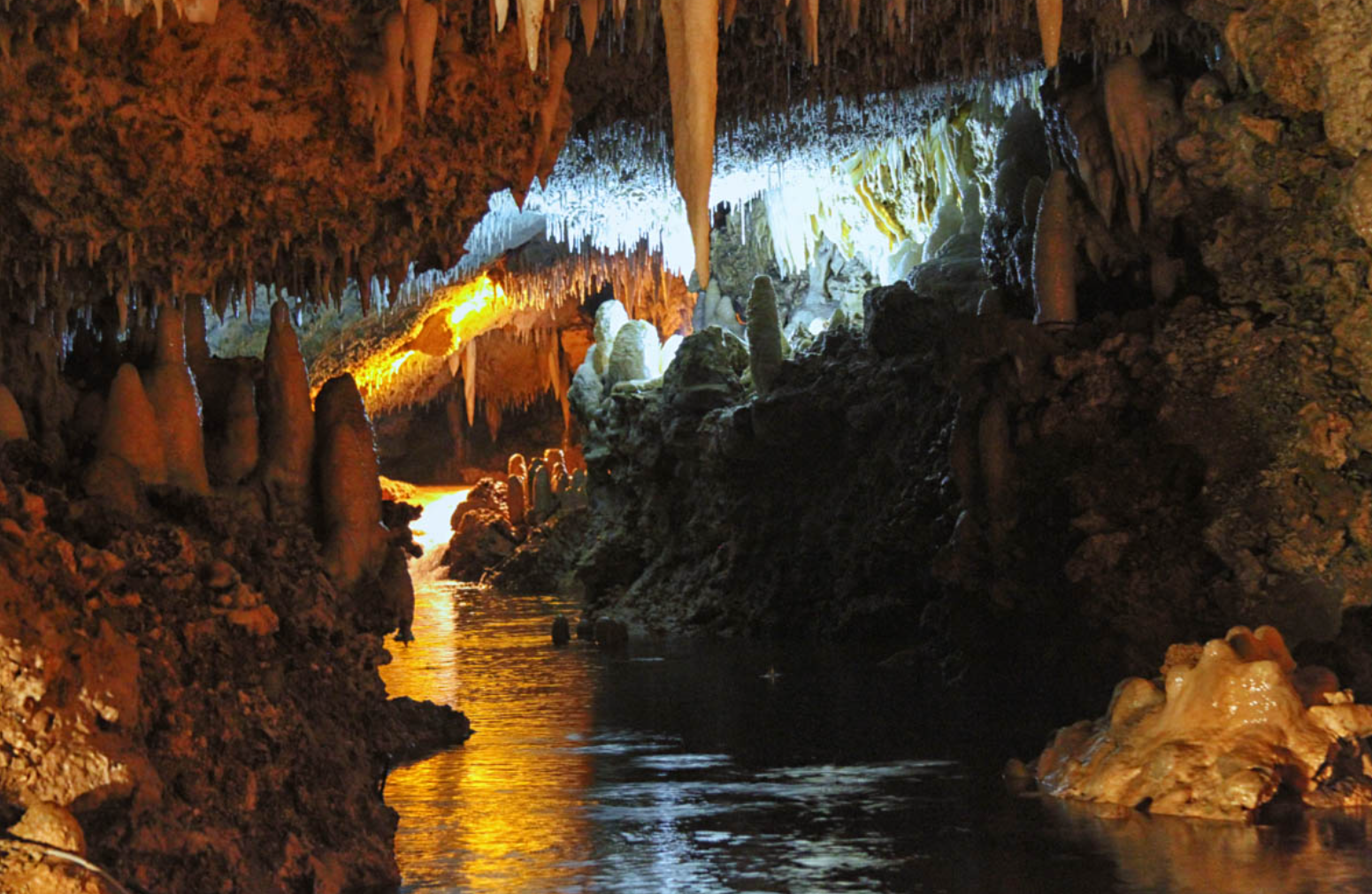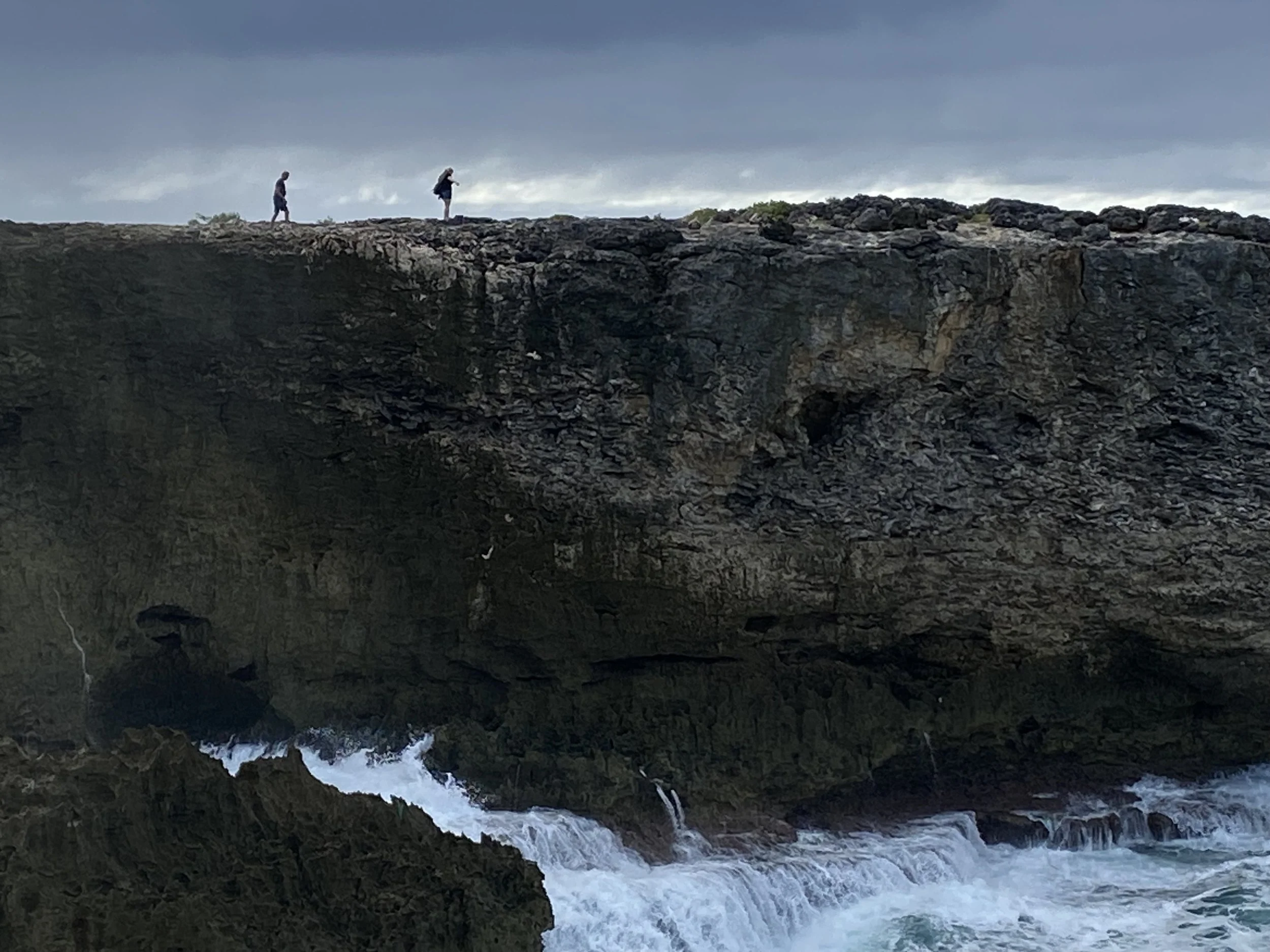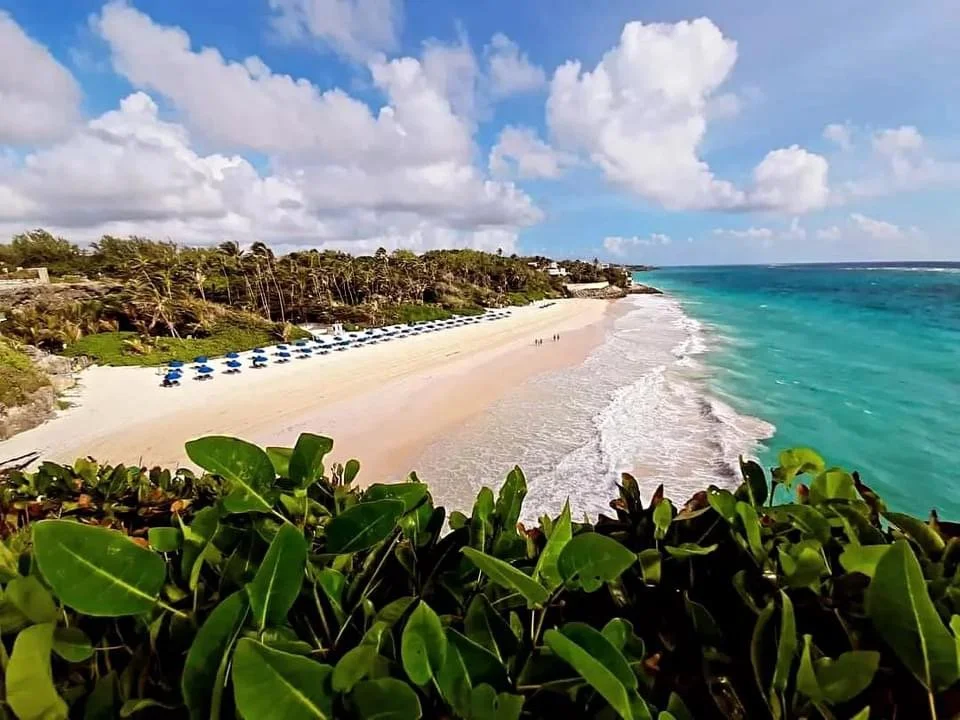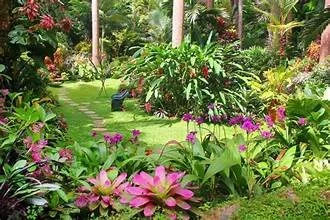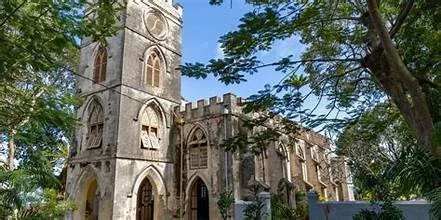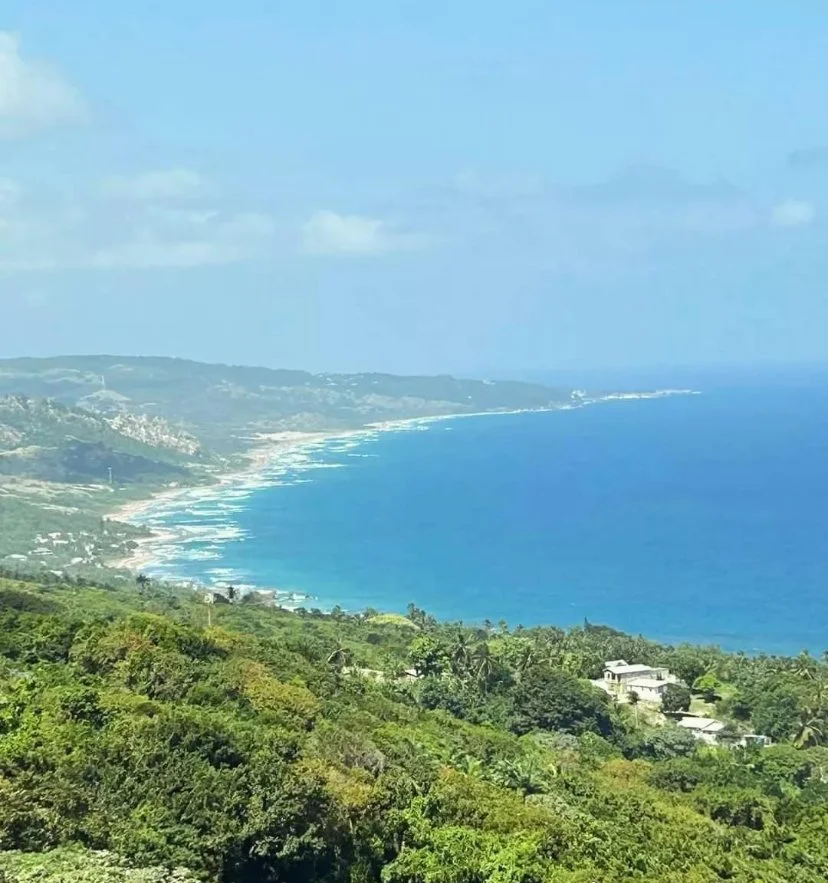Kamidy Beach Retreat
Kamidy Beach Retreat

Dover - the Neighborhood
Barbados - the Island
Location, Location, Location. Our cottage is in a quiet residential neighborhood but literally steps away from three world -class beaches and a variety of restaurants, night clubs, mini marts, banks and shops of St. Lawrence Gap. You'll enjoy the best of both worlds and can have a great vacation even if you choose not to rent a car.
A relaxed friendly neighborhood vibe awaits.
St: Lawrence Gap; It’s the best-known street in Barbados and it’s on your doorstep though not close enough to be intrusive. You’ll want to explore it, nd the rest of the island on your own of course but following sections (Nine things about Barbados and Favorite Places of Interest) provide some helpful tips.
This tiny nation (21 miles long and 14 miles wide) in the Lesser Antilles we believe is an extraordinary jewel in the Caribbean. Top attractions in Barbados, apart from the outstanding beaches, include caves, historic sites, gardens, plantations, a wildlife preserve, and numerous points of interest in the capital city of Bridgetown.
Some of the most popular things to do involve the sea. Snorkeling, diving, swimming, fishing, and other excursions are readily available. On the west side of the island is the Caribbean coast, with an endless string of picture-perfect beaches and calm waters, ideal for swimming. Along this coast, Holetown is an upscale community where you can stop for shopping or lunch.
An island tour is a five-hour route that allows you to hit some of the highlights, like Bathsheba , Welchman Hall Gulley, and Harrison's Cave, and offers a chance to swim with sea turtles
Nine things you may not know about Barbados
Nine things you may not know about Barbados
1. Barbados’ name was Los Barbados.
The name Los Barbados meaning “bearded one” was given to the island by the Portuguese sea captain Pedro a Campus because of the bearded fig trees (below left) which were found all over the island in the 1600’s.
2. Barbados is the birthplace of rum.
Mount Gay Distilleries in Barbados has been producing rum on the island since 1703 and to date, produces the oldest rum found in the world. Local rum can be found at every turn, with more than 1500 rum shops spread across the island.
3. Locals call themselves “Bajans”.
People born in Barbados are Barbadian by nationality. However, in Barbados and the Caribbean, people born in Barbados are referred to as Bajans (pronounced Bay-juns). Also, the island Barbados is known as “Bim”.
4. Barbados is known as the land of the flying fish.
The national dish of Barbados is cou cou and flying fish, which is steamed flying fish served with cornmeal and okras. Other popular dishes worth trying are macaroni pie and Bajan fried chicken and pudding and souse (usually prepared on Saturdays island wide).
5. The island is 166 square miles. Barbados is a very small (21 miles long and 14 miles wide) and is divided into 11 parishes.
6. The island’s highest point is Mount Hillaby.
Mount Hillaby, located in the parish of St. Andrew is 1,115 feet above sea level. It is one of the most scenic points on the island.
7. Barbados is the most easterly island in the Caribbean.
Barbados is the most easterly country in the island chain known as the Lesser Antilles. The unique location puts the island outside of the main hurricane belt, so it is often spared the wrath of destructive storms.
8. Barbados has the third oldest Parliament in the Commonwealth.
The Parliament Buildings of Barbados are located on Broad Street in Bridgetown, which is the island’s capital. The Barbados Parliament was established in 1639 and as such is the third oldest Parliament in the Commonwealth.
9. The grapefruit originated in Barbados.
According to Barbadian legend, the grapefruit was first found in Welchman Hall Gully in the 18th century. It is said to be the result of natural cross-pollination between Shaddock and Sweet Orange and was known as the “Forbidden Fruit”.
Favorite Places of Interest
Favorite Places of Interest
Bathsheba and the East Coast Road
Bathsheba beach and the East Coast are best known for its dramatic scenery and views, the central beach in Bathsheba is also know as the Soup Bowl where local and international surfing competitions take place annually. Another notable feature of Bathsheba beach are the large boulder that sits slightly offshore, known by some as Bathsheba Rock.
Animal Flower Cave
At the northern tip of Barbados, the Animal Flower Cave is one of the top places to visit, not just for the cave, but for the dramatic views from the lookout above. From February to April, you also have a chance of seeing humpback whales from the cliff-side above the cave. Cave tours are only 15 to 20 minutes and are led by a guide.
Harrisons Cave
St Nicholas Abby
Barbados Wild Life Reserve
Fish fry at Oistins
Crane Beach
Farley Hill National Park
Welchman Hall Gully
St Lawrence Gap
This 1.6-kilometer boardwalk running along Hastings Rocks links a string of beautiful beaches, including the popular Accra Beach. This is a pleasant area for a stroll, but you can also stop for a swim or enjoy some fine seaside dining. Along here, you'll find Tapas Restaurant and Naru Restaurant, two of the best restaurants in Hastings, and both have fabulous positions overlooking the ocean and beach.
Colorful brick walkways, stepping stones, and grass paths wind through these beautiful hillside botanical gardens. Tropical plants from all over the world are laid out in different zones creating small, intimate spaces.
Sunbury Plantation offers a glimpse into the life of the early settlers. Built in approximately 1660 by Matthew Chapman, the mansion is today a museum featuring period pieces, including beautiful mahogany furniture and a collection of horse-drawn carriages. Visitors can tour every room on the guided tour. The plantation grounds recently underwent extensive renovations. The walkway and parking area are made of 200-year-old bricks, the gardens have been refurbished, and historical artifacts are sprinkled around the main building.
The Flower Forest is an unexpected treat in the hills of central Barbados. Colorful flowering plants and trees line the trails, and shade-covered benches provide places to sit and relax. Something is always in bloom in the forest, which encompasses 53 acres. From the high points are beautiful vistas over the lush hillside and beyond to the ocean. The road to the Flower Forest is narrow and hilly but it's paved and less daunting than it first appears..
St John’s parish church boasts amazing panoramic views that stretch from Ragged Point to Pico Tenerife. The church was first constructed in 1645, making it one of the oldest in Barbados. The first wooden building was destroyed by a fire and was replaced in 1660 with the start of construction on a stone structure. It was rebuilt a couple of times due to hurricanes, with the structure we see today having been completed in 183..
Richie Haynes Boardwalk
Andromeda Botanical Gardens
Flower Forest
St Johns Parish Church
St. Lawrence Gap, also known as “The Gap” by locals, is a street on the south coast of Barbados in the parish of Christ Church. The Gap is a unique area where young teens and senior citizens walk side by side, and Tequila shots and Sunday Services are served across the street from each other at different times during the day.
Here, restaurants, nightclubs, apartments, villas, hotels, and a host of small businesses all ply their trade happily together.
If you stay or visit The Gap, you can have a meal or snack, go to a bank or ATM, buy souvenirs, play the slot machines, swim in the sea, buy Aloe for the sunburn, and party the night away.
Or maybe have a coffee break, check out the street vendors, or stop for refreshing ice cream as you make your way to watch the sun go down over the Atlantic sea.
In true Barbadian style, million-dollar condos co-exist next door to low-budget hotels as they hug the south coast shores. A large selection of restaurants and bars snuggle between these hotels on both sides of the street and serve a wide selection of delicious dishes from around the world.
The west side of The Gap is more active than the quieter east side. If you want dinner and to party the night away, the west side is the side to visit. You will find a short boardwalk with a few benches where you can sit with a cool drink and watch as the sun dips below the horizon. You could not want more front-row seating than that.
Street vendors ply their trade along the bustling west end of The Gap. Stop and admire beautiful handcrafted jewelry, basket weaving, or unique gifts. At night, try sampling some Barbadian street food from popular vendors. You will be joined by many Barbadians who stop by to pick up their dinner or a late-night snack.
The choice of where to eat in The Gap is endless! Your best approach to deciding where to eat is to pick a type of cuisine. You will find Mexican, Bajan, Irish, Brazilian, Jamaican, English, Indian, Thai, Italian, American, Chinese, Street Food, and the list. It is a good idea in the season to book a table so as not to be disappointed when you turn up
A unique phenomenon of nature, Harrison's Cave is an amazing gallery of stalactites hanging from the roof of the cave, and stalagmites that emerge from the ground, with streams of crystal-clear running water that drop from breathtaking waterfalls to form deep emerald pools. The stalactites and stalagmites were formed over thousands of years and in some places the stalactites have reached down to the stalagmites and a spectacular pillar has been formed.
The tram tour is most popular, with visitors driven in electrically operated trams down through the extensive system of caves. Excellent tour guides give historical information on this cave along the way. At the lowest level point in the cave, visitors are invited to leave the tram and walk alongside a spectaular waterfall which plunges into a deep pool below .... this is truly an awesome wonder! Walking tours and a special Eco tour for the adventurous are also available.
There's much more to explore! In addition to the stunning cave! Zipline over the treetops, meander along the nature trail, check out the bird aviary, relax in and around the pool, take on the challenge of the high-rope obstacle course, and kick back in the Rum Lounge with the world’s oldest rum
The Jacobean great house at St. Nicholas Abbey was built in 1658, and the tales that have ensued over the years around the abbey are as intriguing as the plantation itself. Despite the name, the abbey was a plantation and never had any religious association. The property changed hands several times over the centuries but is today owned by Larry and Anna Warren, who purchased the property in 2006. They have restored the estate and operate it as a sugar plantation.
Nearby is Cherry Tree Hill, a popular lookout area with views over the island and out to the ocean on the Atlantic side.
Crane Beach is a beautiful soft-sand beach tucked in a cove on the Atlantic coast, surrounded by high natural walls. The white sand, tinged with a hint of pink, looks out over blue and turquoise waters, while offshore waves break on the reef. The beach was once a boat landing where cargo was unloaded and lifted by a crane set atop the cliff. They serve arguably the best rum punches on the island!!
The Barbados Wildlife Reserve is a great place to see and enjoy some of Barbados' most notable creatures, including the island's famous green monkeys. Across the parking lot from the reserve is the Grenade Hall Forest and Signal Station. Admission to the zoo includes entrance to this attraction as well.
Barbados’ most used national park offers panoramic ocean views and breathtaking scenery. Set on the grounds of the once regal Farley Hill House, a mansion now in ruins tucked away in a forest of mahogany trees high on a hill overlooking the rugged Atlantic coast. Farley Hill is the ideal spot to picnic in nature in the shade of a comforting tree while staring out to sea.
Building of Farley Hill house began in 1818, with additional rooms being added over the next 50 years. It eventually grew to be regarded as the most impressive mansion in Barbados. In the mid-nineteenth century the property was owned by Sir Graham Briggs, a wealthy British planter and legislator. Briggs improved not only the house, but also the gardens, importing many new plants and trees into the island. In 1957, the house was used in the film “Island in the Sun” but was destroyed by fire in 1965. Farley Hill was officially opened as a national park by HM Queen Elizabeth II in 1966, the same year Barbados gained independence.
If you're wondering what to do in Barbados at night, Oistins' Friday Fish Fry is the answer. Every Friday night, you can try locally caught fish fresh off the grill. Dozens of vendors set up here and offer a full range of fish and side dishes. Locals and tourists come to enjoy the food and atmosphere. Picnic tables or plastic tables under tents serve as makeshift restaurants.
The setting for this lush tropical garden and the natural feel are what sets it apart from many of the other gardens on the island. Lying in the remains of a series of collapsed caves, the gardens and trees surround you as you walk along the wide, wheelchair accessible path. Huge bamboo trees, flowering plants, a lovely pond, and the monkey play area, where you can often see green monkeys in the mornings when food is put out, are some of the most visible highlights. The garden is also home to endangered plants and animals and a couple of species of plants found only in Barbados
Sundbury Plantation House



